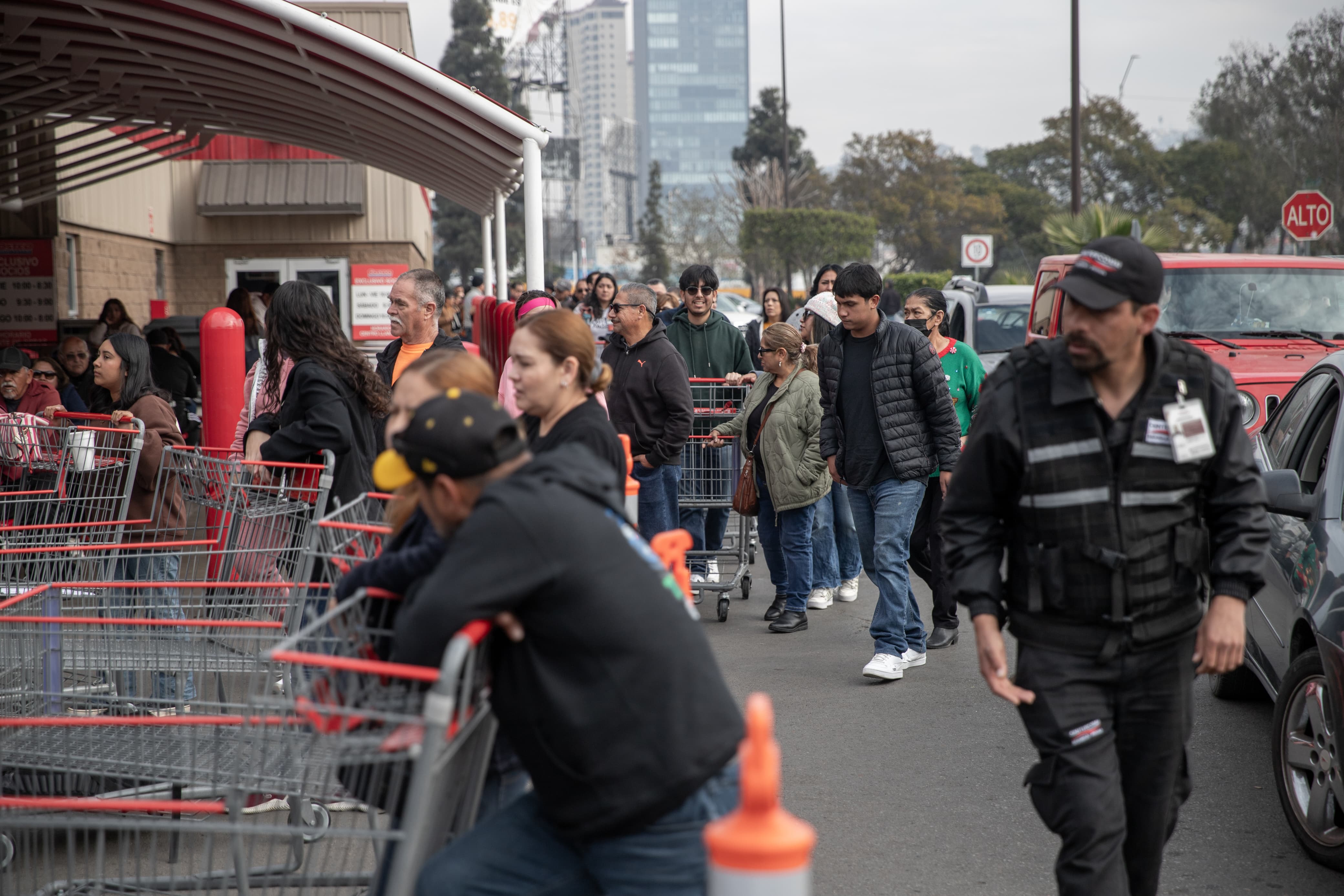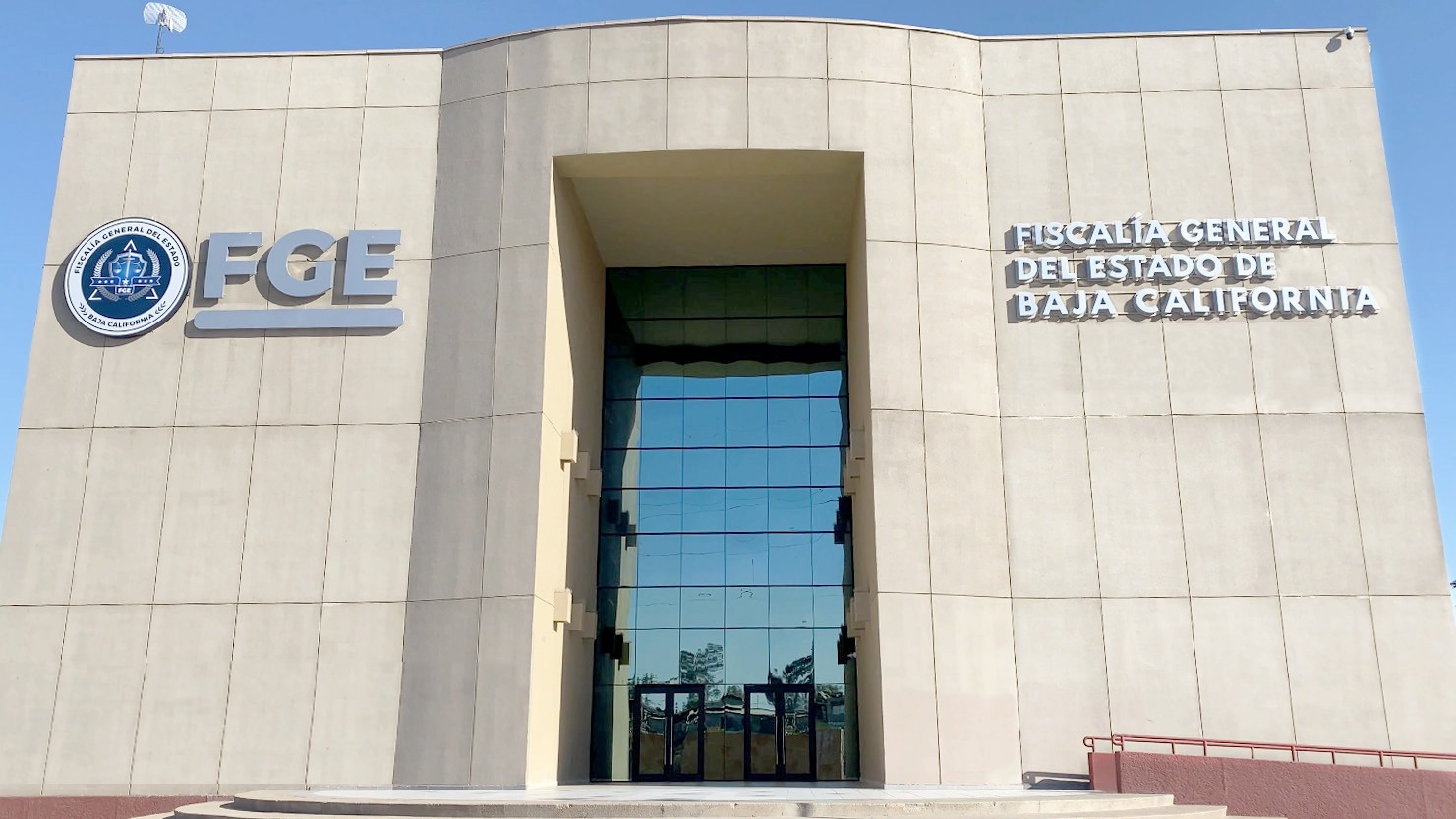Warning of COVID wave in California
INTERNACIONAL
22-07-2024

Web
Publicado: 22-07-2024 09:46:21 PDT
Actualizado: 22-07-2024 09:48:10 PDT
Levels could be above last year's
Coronavirus levels in California's wastewater now exceed last summer's peaks, indicating a rapid spread of the new, highly contagious FLiRT variants. According to CDC estimates, California is one of 21 states with "very high" coronavirus levels in wastewater, up from seven states the previous week. This affects approximately 155 million people in the U.S.
In Los Angeles County, coronavirus levels in wastewater are also rising rapidly, along with confirmed cases, hospitalizations, and emergency room visits related to COVID-19. Coronavirus levels in Los Angeles wastewater reached 36% of last winter’s peak, and new daily cases in the county increased to an average of 359.
Nationally, viral levels in wastewater are considered "high" for the second consecutive week. The FLiRT family of variants is gaining prominence, representing about 80% of coronavirus samples in the country. In California, the rate of positive tests is also rising, reaching 12.8% for the week ending July 15, close to last summer’s peak.
COVID-19 symptoms continue to be a concern, with recent cases showing painful symptoms, although there is no evidence that the FLiRT subvariants cause more severe illness. Hospitalizations are increasing but remain below last summer's peak.
The California Department of Public Health advises testing if symptoms appear and has emphasized the use of antiviral treatments like Paxlovid. Residents can also access free testing at public health sites, libraries, and senior centers in Los Angeles County.
Updated COVID-19 vaccination rates are low, with only 36.7% of those aged 65 and older having received at least one dose of the new vaccine. It is recommended to consider getting the vaccine if an update hasn’t been received in the past year, especially for older adults and those with compromised immune systems.

Cali - Baja
hace 1 hora
Largas filas para entrar al establecimiento se mostraron este domingo ..

Cali - Baja
hace 1 hora
Algunas personas esperan el cruce para hacer compras o pasar tiempo con sus seres queridos ..

Cali - Baja
hace 2 horas
El imputado se encontraba bajo prisión preventiva por los delitos de uso de documentos falsificados ..

Nacional
hace 2 horas
"Nunca los vamos a dejar solos, que aquí está la presidenta, que aquí está su equipo para proteger s ..

Vida y estilo
hace 2 horas
Cada país y región tiene sus propios dulces emblemáticos, y muchos de ellos han cruzado fronteras, c ..

Internacional
hace 3 horas
"No pueden hacerle esto a nuestro país." ..

